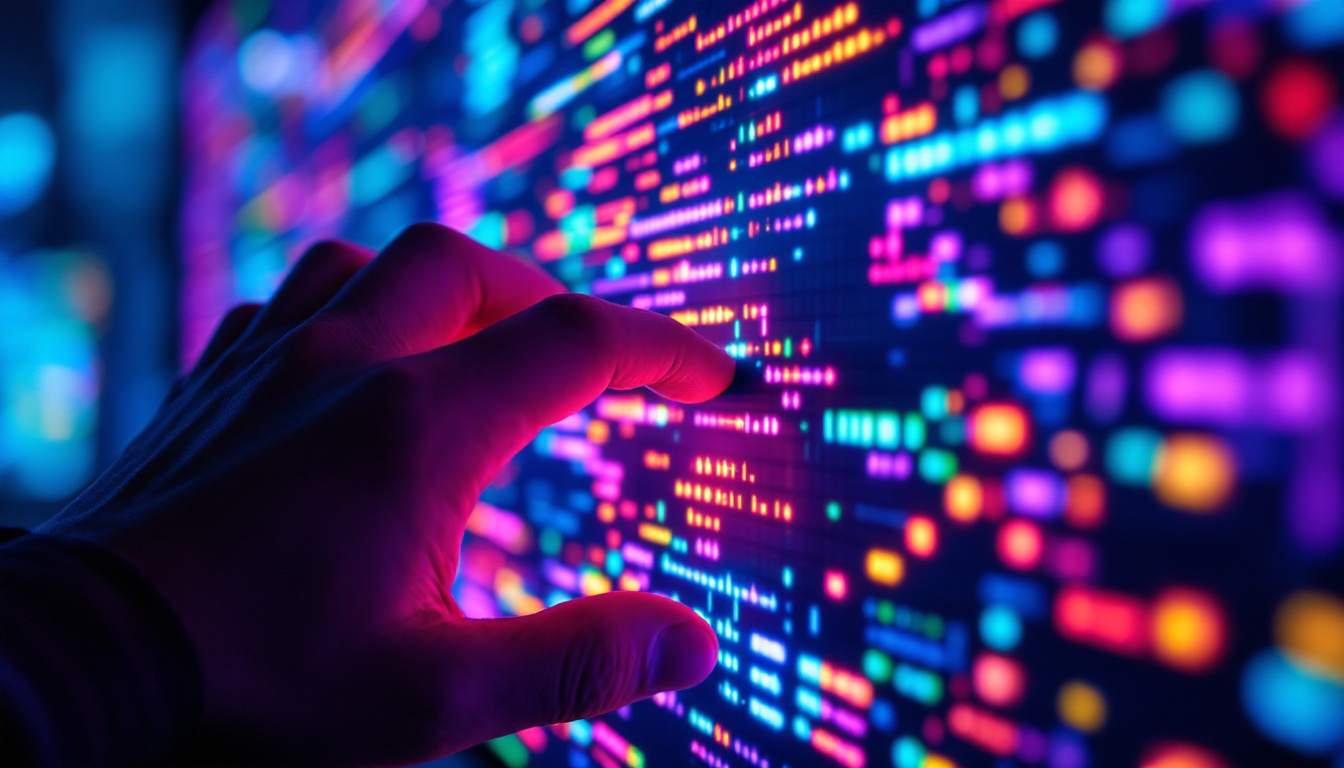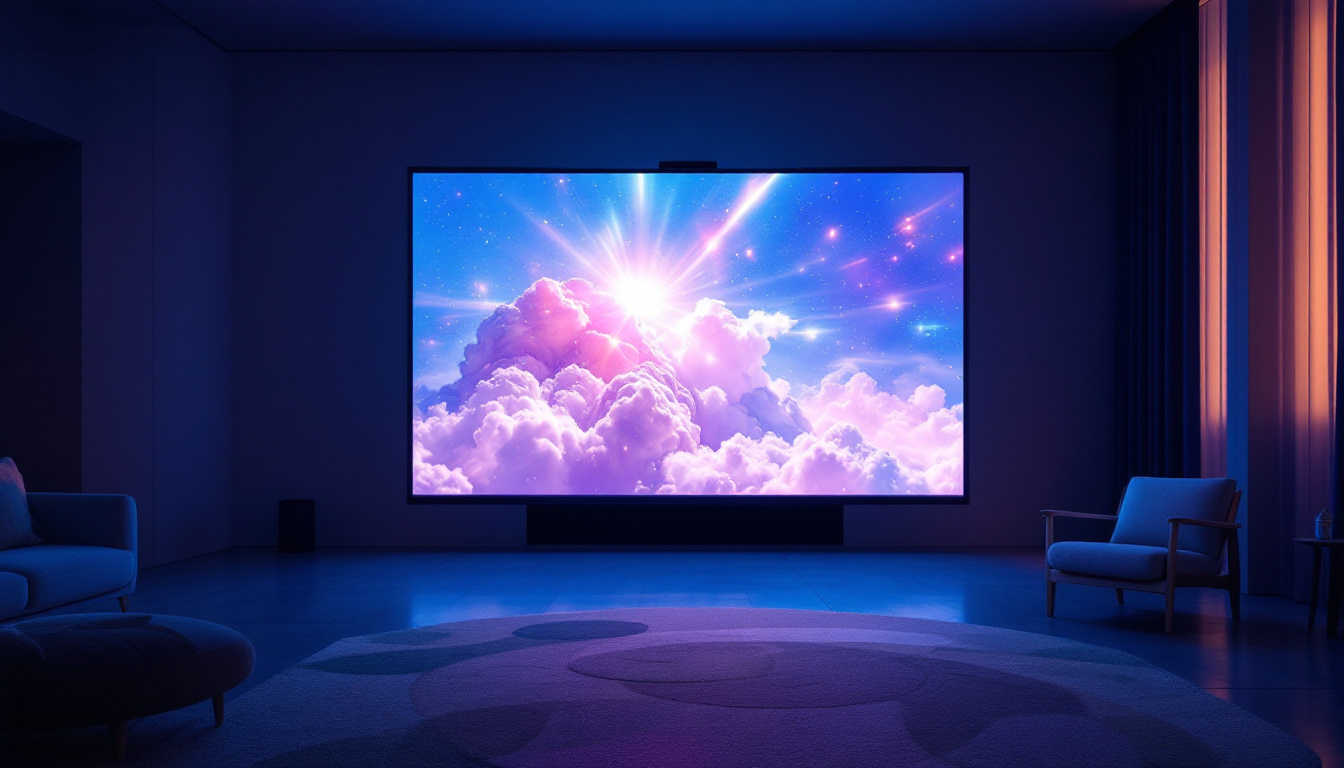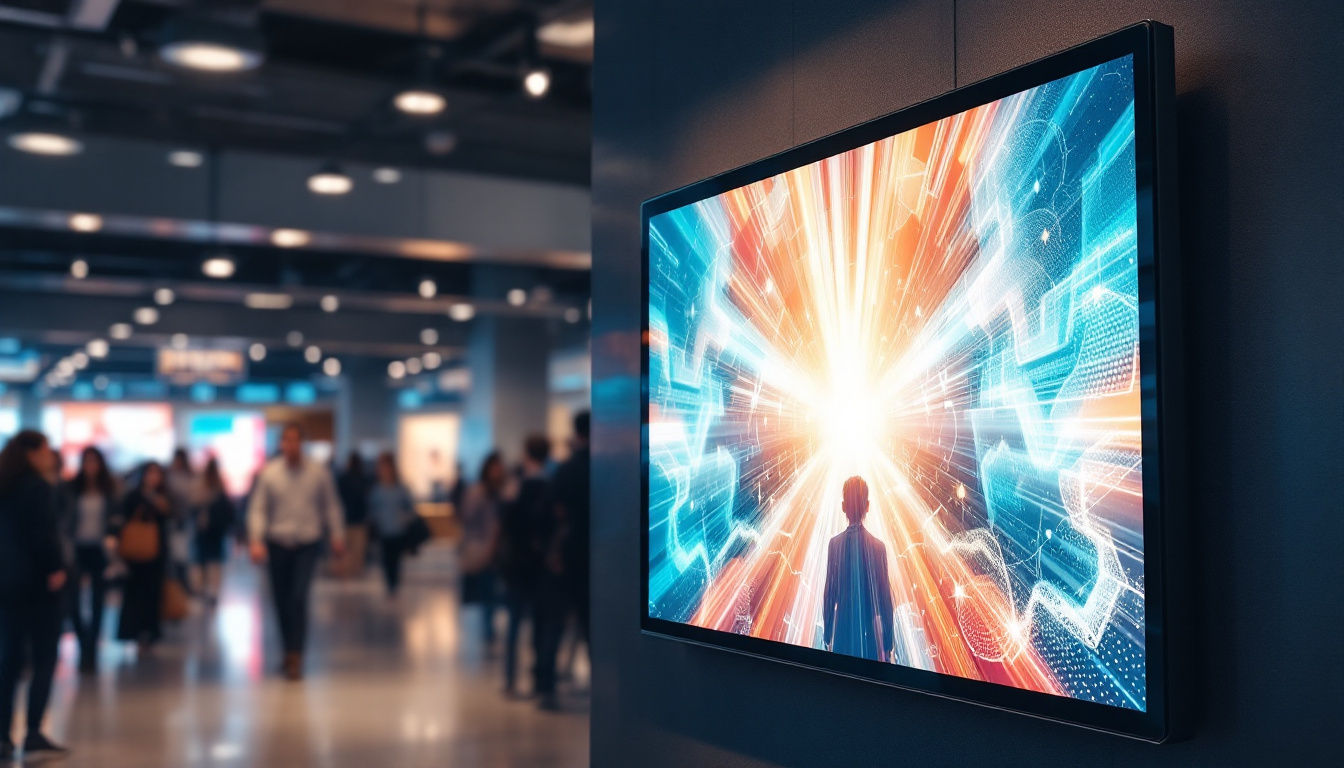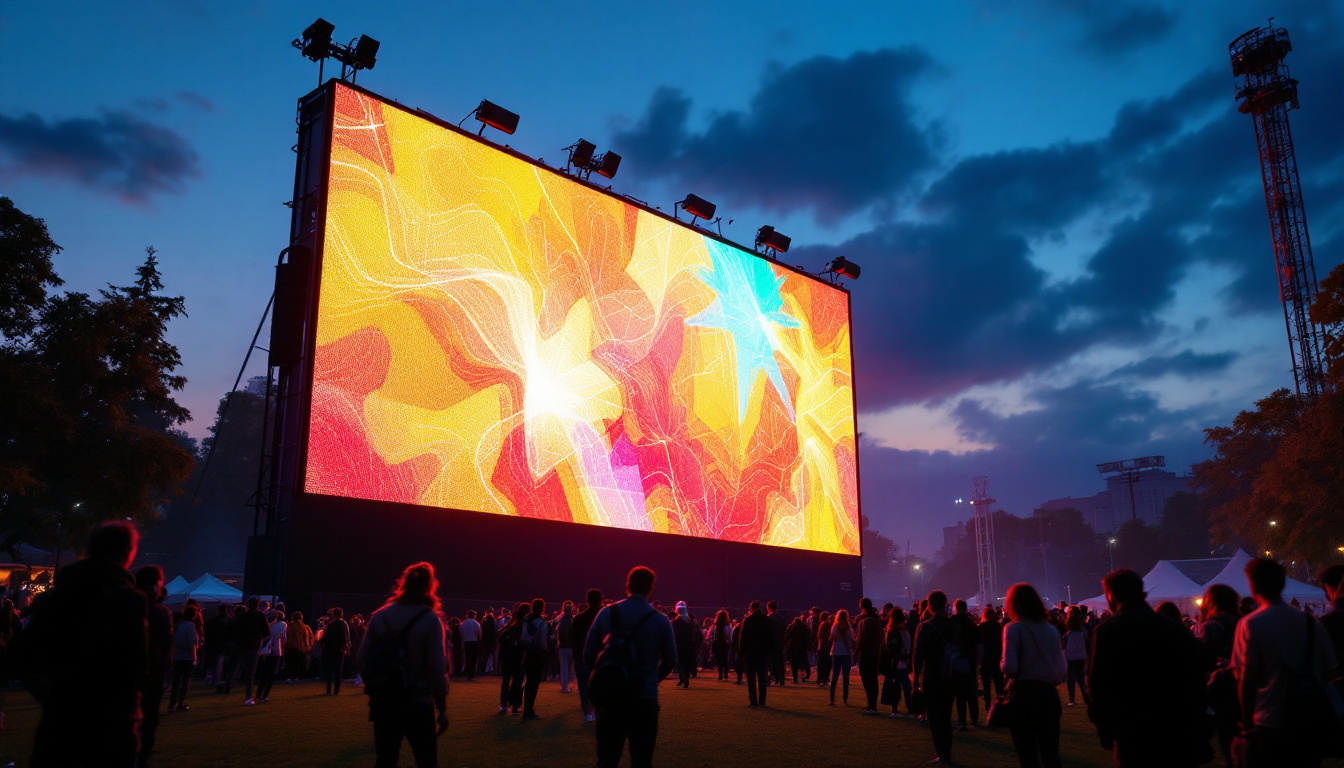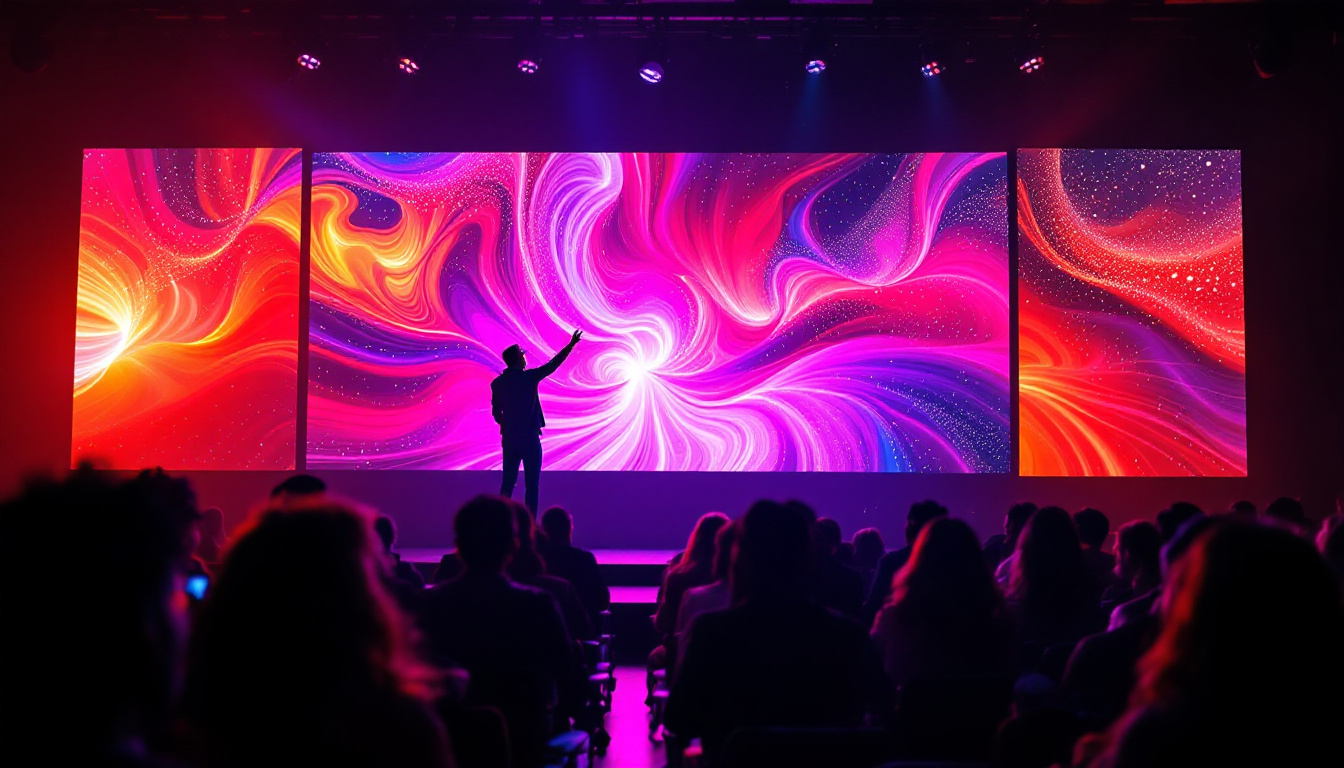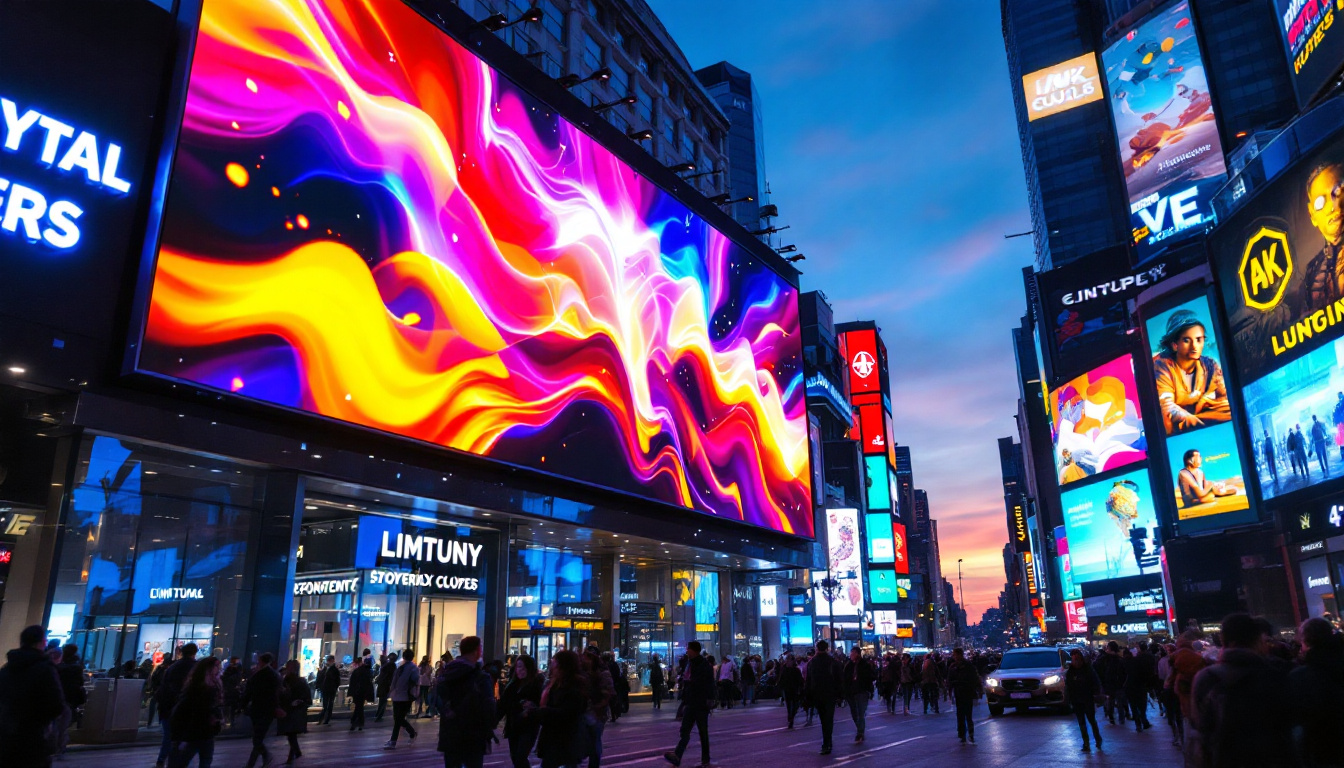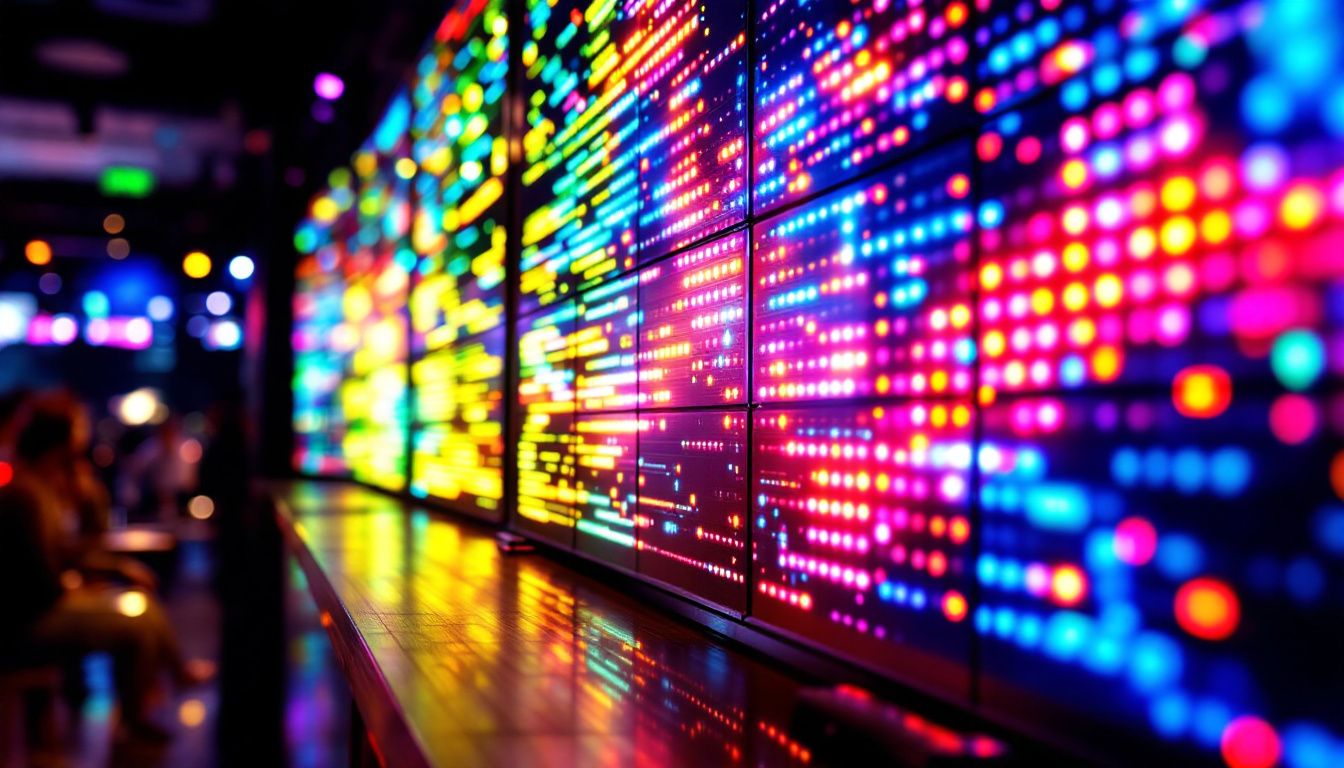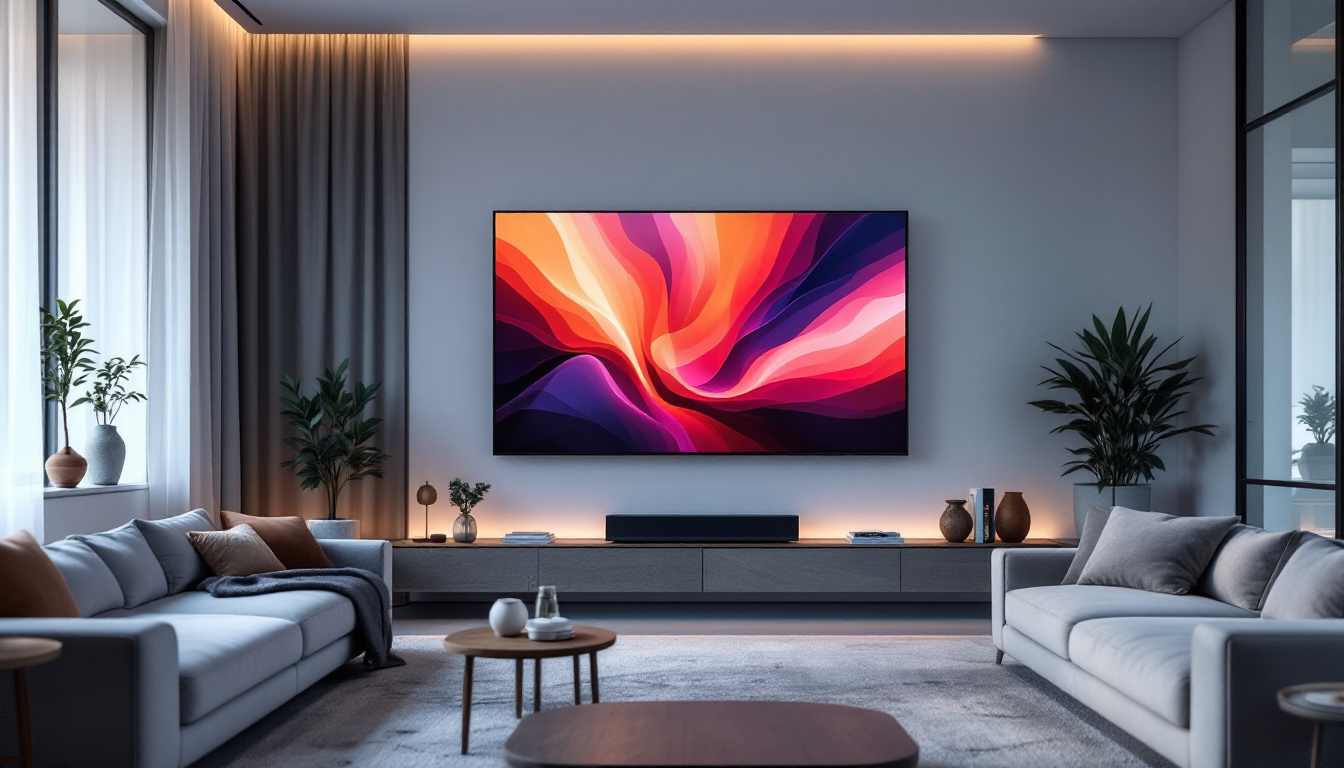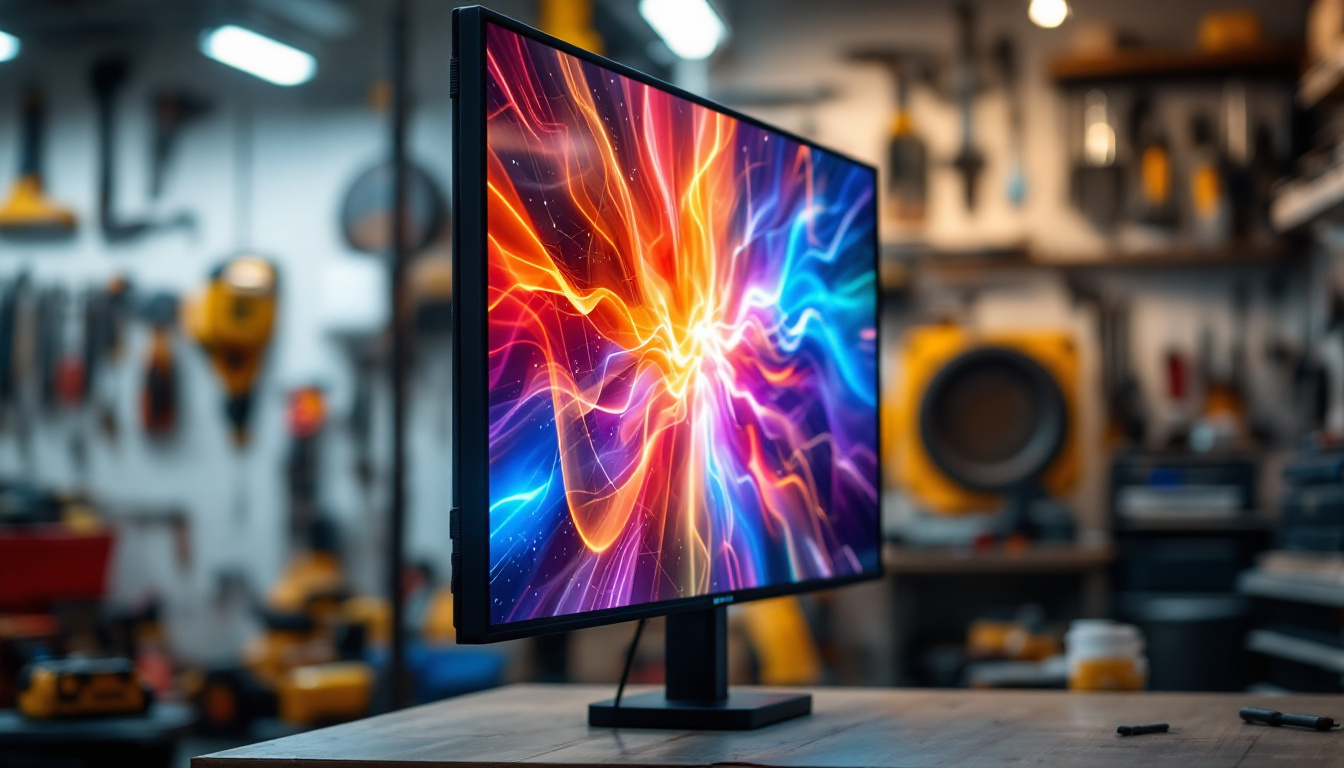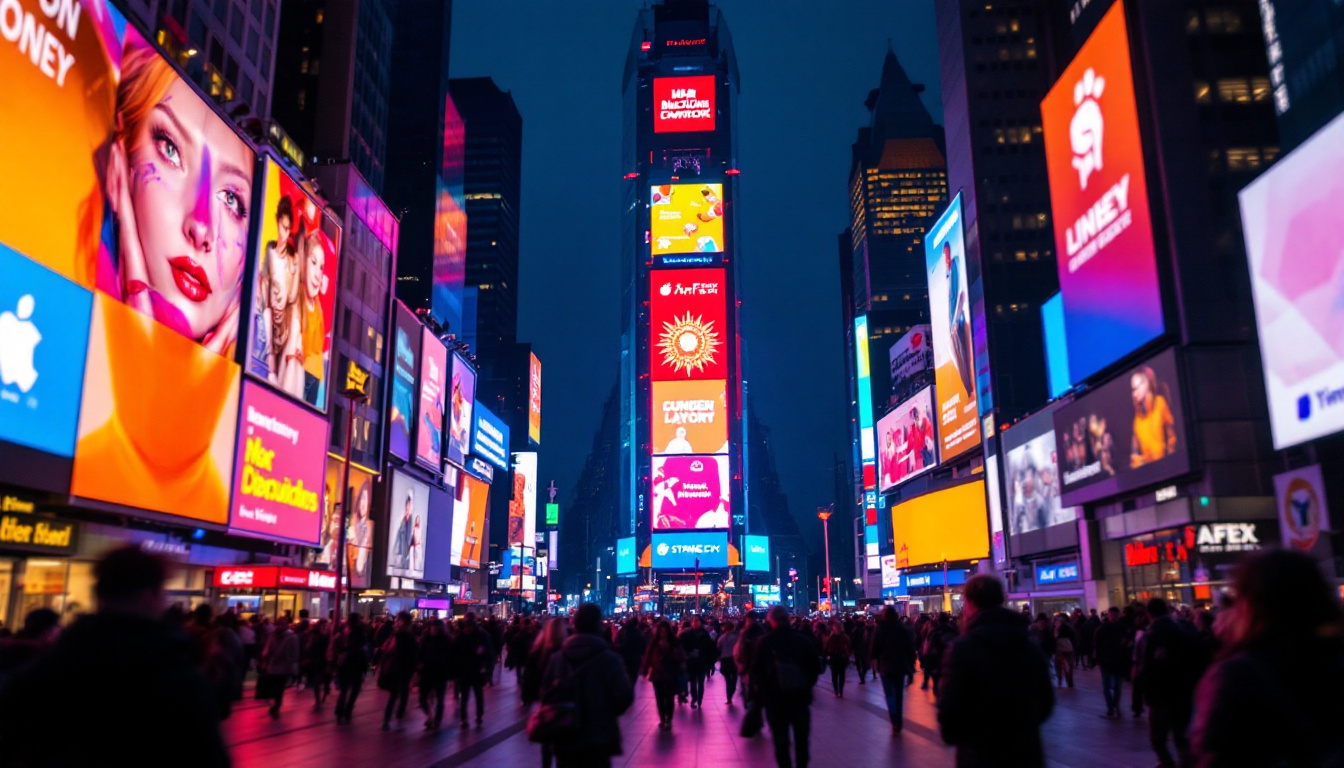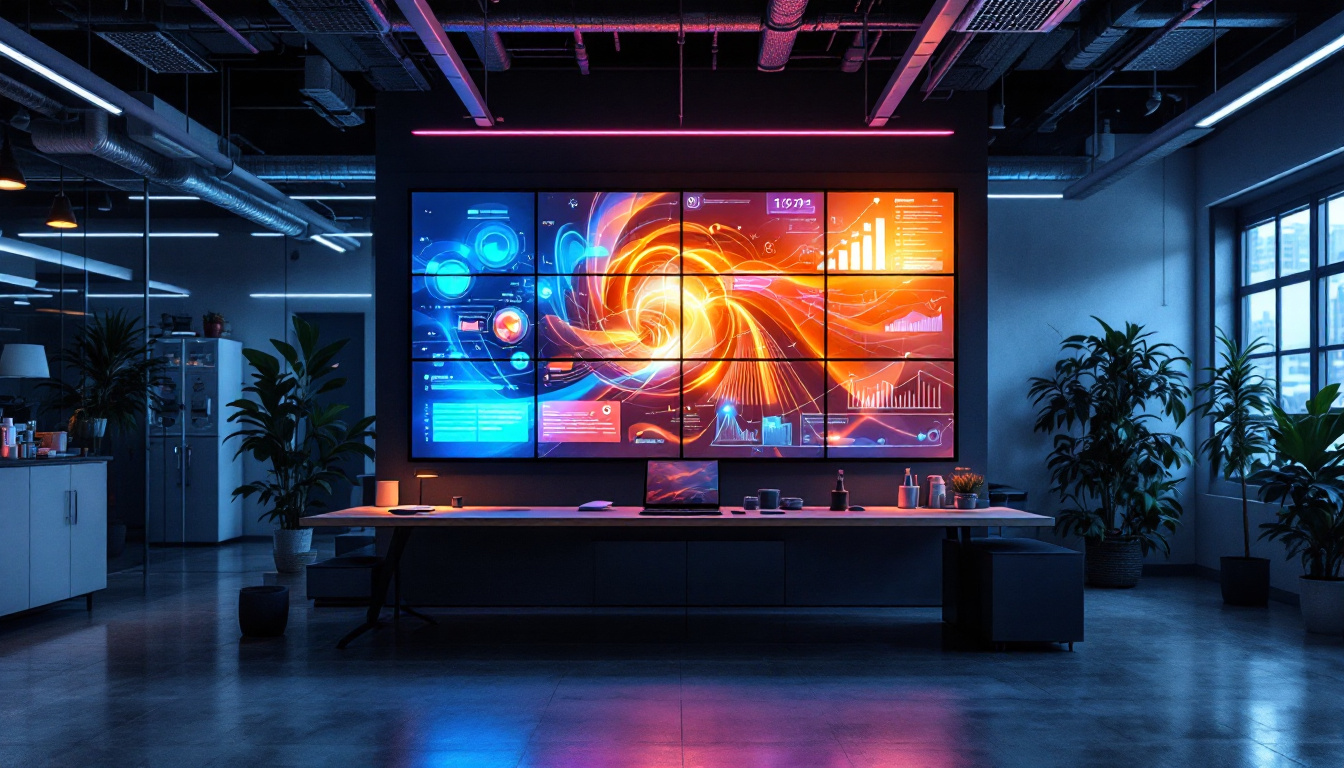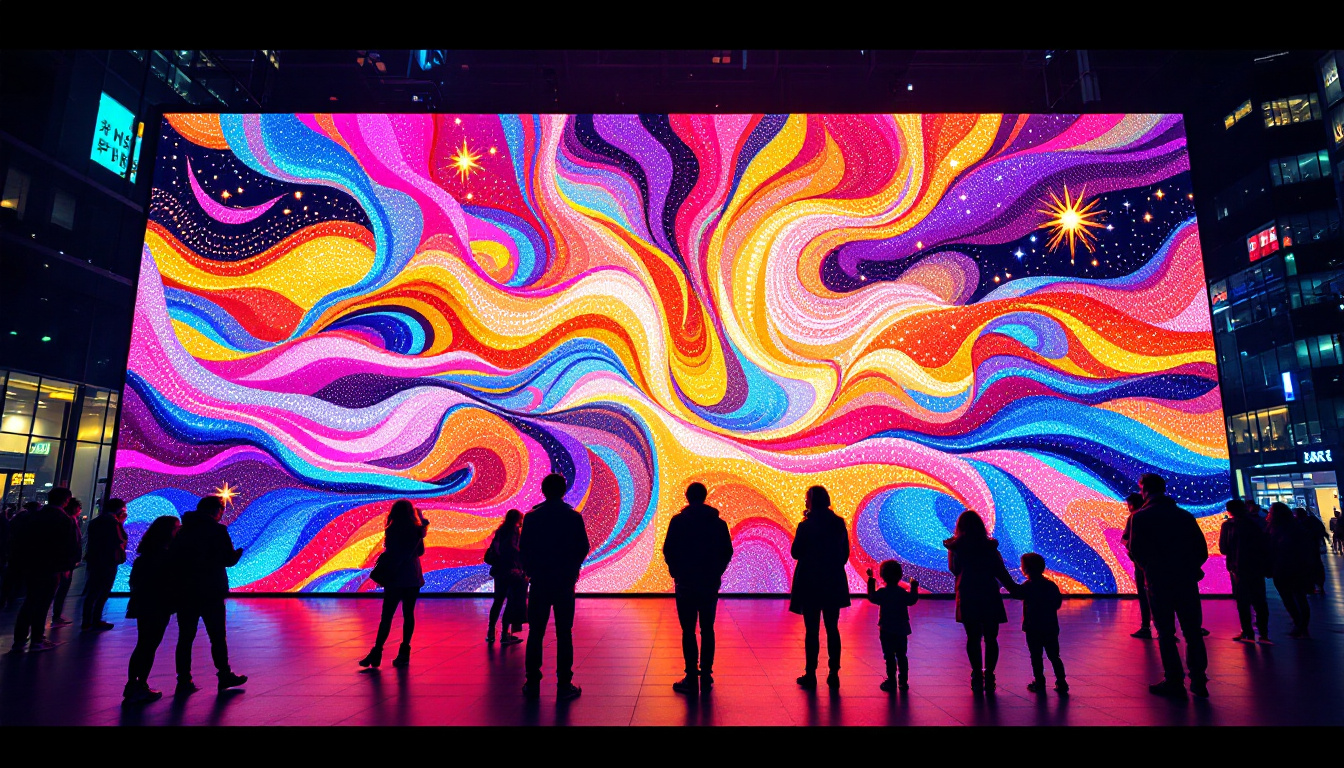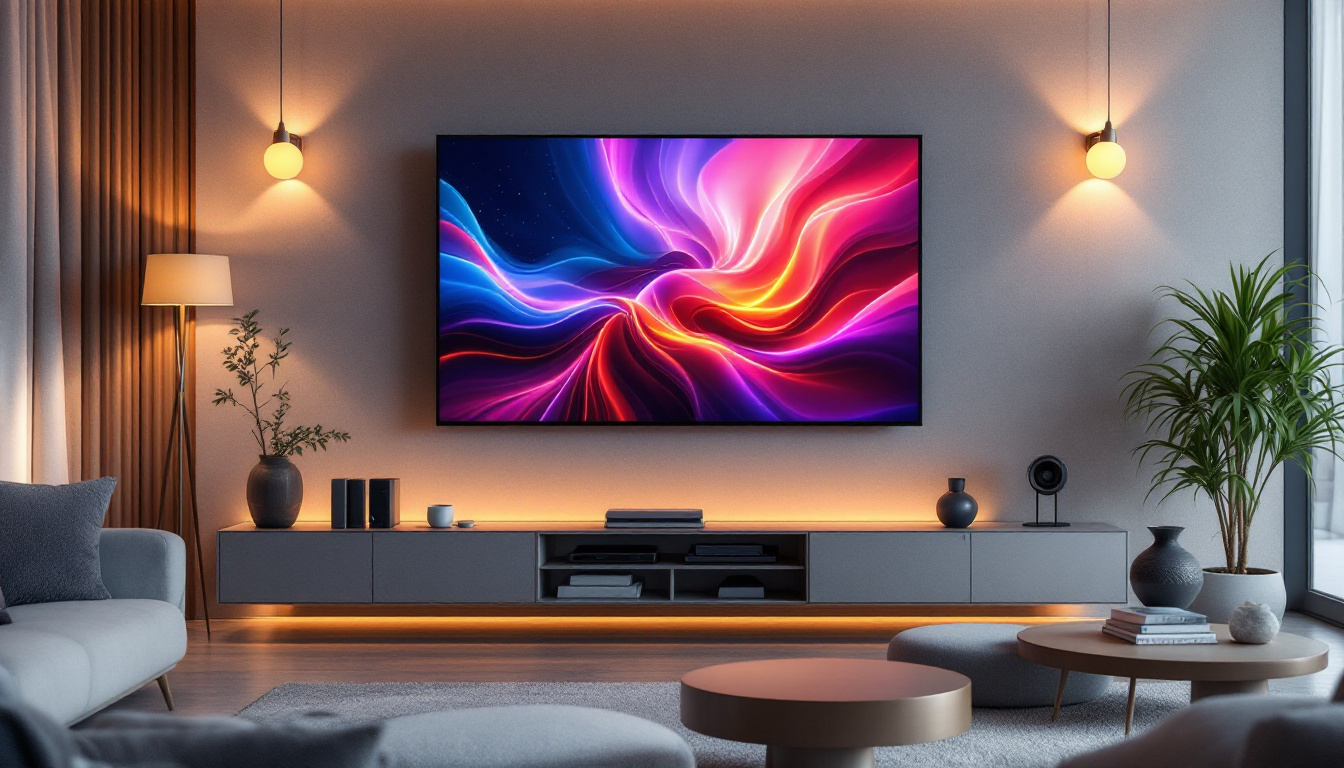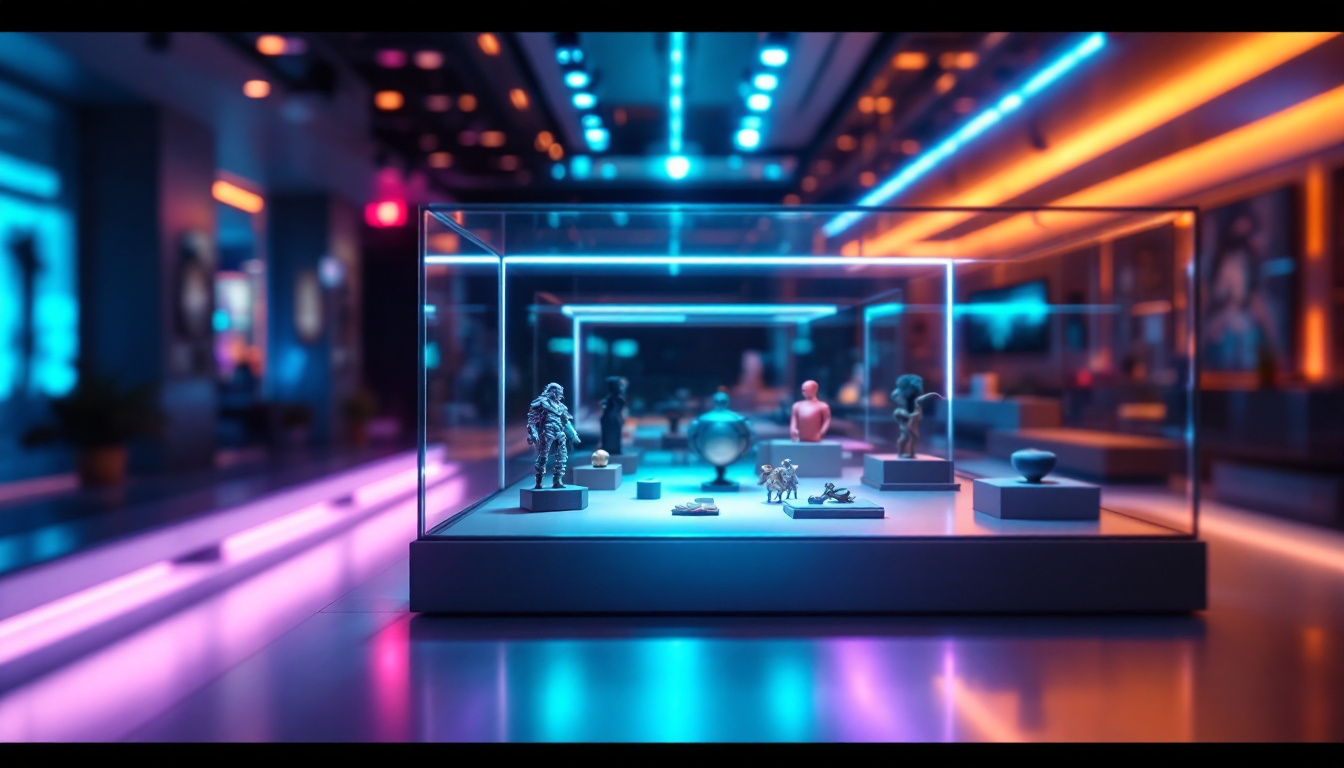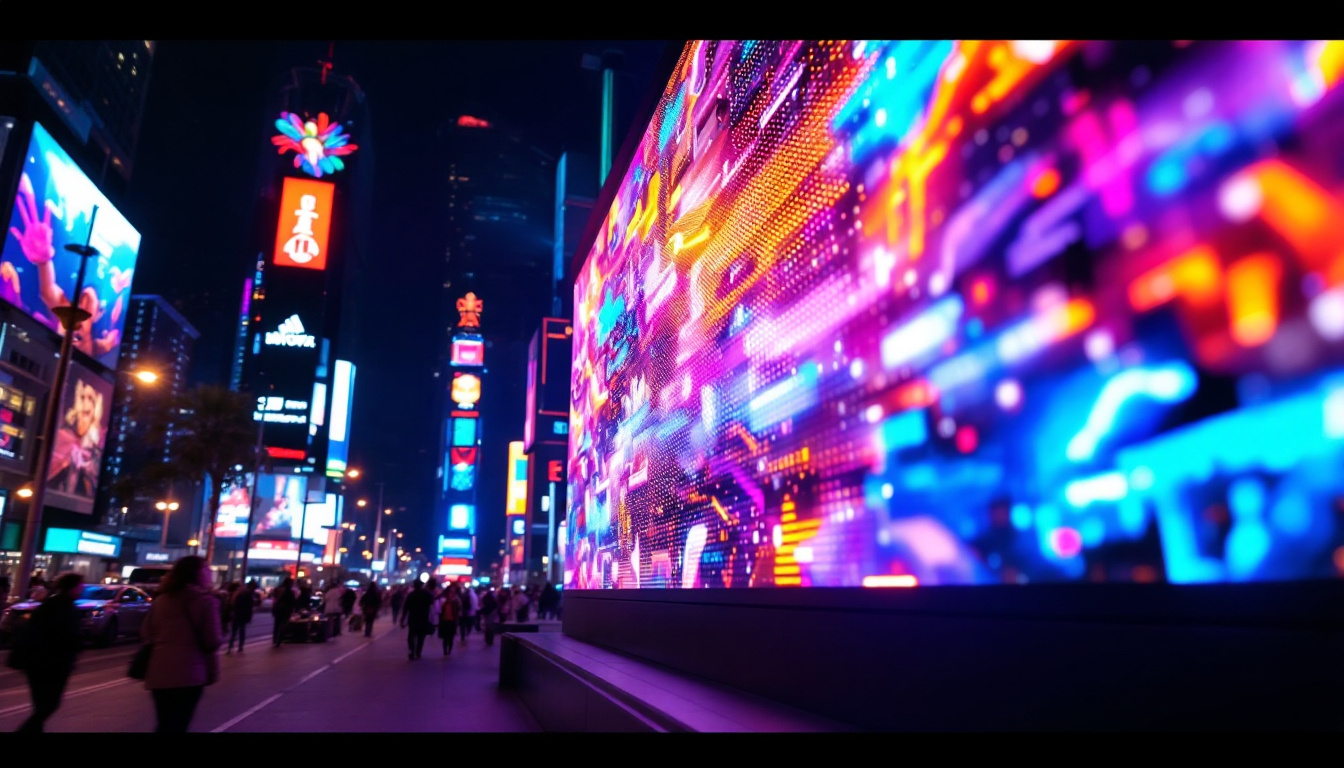Code For LCD: LED Display Explained
In the rapidly evolving world of technology, displays play a crucial role in how information is presented and consumed. Among the various types of displays, LCD (Liquid Crystal Display) and LED (Light Emitting Diode) displays are two of the most prevalent. This article delves into the intricacies of these technologies, their applications, and the coding aspects involved in utilizing them effectively.
Understanding LCD Technology
Liquid Crystal Display (LCD) technology has become a staple in modern electronics. It utilizes liquid crystals that modulate light to create images. The fundamental principle behind LCDs is the manipulation of light through liquid crystals, which can change their alignment when an electric current is applied.
How LCD Works
At the core of an LCD is a layer of liquid crystals sandwiched between two polarizing filters. When light passes through the first filter, it becomes polarized. The liquid crystals then twist the light as it passes through, allowing varying amounts of light to reach the second filter. By controlling the alignment of these crystals with electric currents, different colors and images can be produced.
LCDs are often backlit by LEDs, which enhances brightness and color accuracy. This combination of technologies has led to the widespread use of LCDs in televisions, computer monitors, and handheld devices. The introduction of LED backlighting has not only improved the visual quality of displays but has also contributed to energy efficiency, making LCDs a more sustainable choice for consumers and manufacturers alike.
Applications of LCD Displays
LCD technology is ubiquitous in today’s digital landscape. From smartphones to large-screen televisions, its applications are vast. In the medical field, LCDs are used in diagnostic imaging devices, while in automotive technology, they serve as dashboards and infotainment displays. The versatility of LCDs is a significant factor in their popularity across various sectors.
Moreover, the rise of smart home devices has further expanded the role of LCDs, with screens being integrated into everything from smart thermostats to kitchen appliances. This integration allows for user-friendly interfaces that enhance the functionality of these devices, providing real-time feedback and control. Additionally, advancements in LCD technology, such as the development of flexible and transparent displays, are paving the way for innovative applications in advertising and wearable technology, showcasing the endless possibilities that this technology holds for the future.
Exploring LED Technology
Light Emitting Diode (LED) technology represents a significant advancement in display technology. Unlike LCDs, which require a backlight, LEDs emit light directly. This fundamental difference allows for thinner displays and improved energy efficiency. The compact nature of LEDs has also enabled the creation of innovative designs, such as curved and flexible screens, which were previously unimaginable with traditional display technologies.
How LED Displays Work
LED displays consist of an array of tiny diodes that emit light when an electric current passes through them. Each diode can produce different colors, and by combining these colors, a full spectrum of hues can be achieved. The most common configuration for LED displays is the RGB model, which uses red, green, and blue diodes to create various colors through additive color mixing. This technology not only enhances the visual experience but also allows for precise control over brightness and color saturation, enabling displays to adapt to different lighting conditions seamlessly.
One of the standout features of LED technology is its brightness. LED displays can produce vibrant colors and high contrast ratios, making them ideal for outdoor applications where visibility is crucial. Additionally, advancements in LED technology have led to the development of OLED (Organic Light Emitting Diode) displays, which offer even greater flexibility and image quality. OLEDs are particularly noteworthy for their ability to produce true blacks and a wider viewing angle, as each pixel emits its own light and can be turned off completely, eliminating any light bleed.
Applications of LED Displays
LED displays have found their niche in numerous applications, from advertising billboards to large-scale video walls. Their ability to deliver bright and colorful images makes them a popular choice for entertainment venues, sports arenas, and public transportation systems. Furthermore, the energy efficiency of LED displays contributes to their sustainability, making them an attractive option for businesses looking to reduce their carbon footprint. In addition to commercial uses, LED technology is also making waves in the realm of smart homes, where LED lighting systems can be integrated with home automation for customizable ambiance and energy savings.
Moreover, the versatility of LED displays extends to the field of education, where they are increasingly used in classrooms and auditoriums for dynamic presentations and interactive learning experiences. Their durability and low maintenance requirements make them a cost-effective solution for educational institutions. As technology continues to evolve, we can expect to see even more innovative uses for LED displays, including augmented reality applications and immersive environments that enhance user engagement in various sectors.
Comparing LCD and LED Displays
While LCD and LED displays share similarities, they also have distinct differences that can influence their suitability for various applications. Understanding these differences is crucial for making informed decisions regarding display technology.
Brightness and Color Accuracy
LED displays generally outperform LCDs in terms of brightness and color accuracy. The direct emission of light from LEDs allows for more vibrant colors and better contrast ratios. This is particularly evident in outdoor settings, where sunlight can wash out the images on an LCD screen, while LED displays maintain visibility.
However, advancements in LCD technology, particularly with the introduction of LED backlighting, have significantly improved the color accuracy and brightness of LCDs. High-end LCDs can now compete closely with their LED counterparts, making the choice less clear-cut.
Energy Efficiency
Energy efficiency is another critical factor when comparing LCD and LED displays. LED technology is inherently more energy-efficient, consuming less power while providing superior brightness. This efficiency not only reduces operational costs but also contributes to a lower environmental impact.
On the other hand, LCDs, especially those with LED backlighting, have improved their energy consumption. Nevertheless, they still tend to be less efficient than pure LED displays, particularly in applications requiring high brightness.
Programming for LCD and LED Displays
Understanding the underlying technology is essential, but so is knowing how to code for these displays. Programming for LCD and LED displays involves various languages and frameworks, depending on the application and hardware used.
Common Programming Languages
When programming for LCD and LED displays, several languages are commonly used, including C, C++, Python, and JavaScript. Each language has its strengths and weaknesses, and the choice often depends on the specific project requirements and the hardware platform.
For instance, C and C++ are widely used in embedded systems, which are common in devices with LCD and LED displays. These languages allow for low-level hardware interaction, making them ideal for performance-critical applications. Python, on the other hand, is favored for its simplicity and ease of use, making it a popular choice for rapid prototyping and educational purposes.
Frameworks and Libraries
Numerous frameworks and libraries facilitate the development of applications for LCD and LED displays. For example, libraries like Adafruit’s GFX and LiquidCrystal are specifically designed for Arduino projects, enabling developers to create visually appealing interfaces with minimal effort.
In the realm of web development, JavaScript frameworks such as React and Vue can be utilized to create dynamic interfaces for web-based applications that may run on devices with LCD or LED displays. These frameworks allow for responsive design, ensuring that applications look great on various screen sizes and resolutions.
Challenges in Display Technology
Despite the advancements in LCD and LED technologies, several challenges remain. Addressing these challenges is essential for the continued evolution of display technology.
Screen Burn-In
Screen burn-in is a phenomenon primarily associated with OLED displays but can also affect LCDs and LEDs under certain conditions. It occurs when static images are displayed for extended periods, leading to permanent ghosting effects. This issue poses a challenge for applications that require static content, such as digital signage.
To mitigate burn-in, developers can implement strategies such as screen savers, content rotation, and dimming techniques. These methods help reduce the risk of burn-in while maintaining the overall quality of the display.
Color Calibration
Color calibration is another challenge faced by both LCD and LED displays. Ensuring that colors are accurately represented across different devices and environments is crucial, particularly in professional settings such as graphic design and photography.
Calibration tools and software are available to assist in achieving accurate color representation. Regular calibration is essential, especially for displays used in critical applications, to maintain consistency and quality.
The Future of Display Technology
The future of display technology is bright, with ongoing research and development paving the way for innovative solutions. Emerging technologies such as MicroLED and MiniLED are set to revolutionize the display landscape, offering even greater efficiency, brightness, and color accuracy.
MicroLED Technology
MicroLED technology utilizes tiny micro-sized LEDs to create displays that are self-emissive, similar to OLEDs. This technology promises to deliver superior brightness, contrast, and energy efficiency, making it an exciting prospect for the future of displays. MicroLED displays can also be modular, allowing for customizable screen sizes and shapes.
Advancements in Flexibility and Transparency
Another area of innovation is the development of flexible and transparent displays. These displays can be integrated into various surfaces, from clothing to windows, opening up new possibilities for interactive and immersive experiences. As technology progresses, the potential applications for flexible and transparent displays will continue to expand.
Conclusion
In conclusion, LCD and LED displays are integral components of modern technology, each with its unique advantages and challenges. Understanding the underlying principles, applications, and programming aspects of these displays is essential for harnessing their full potential. As technology continues to evolve, the future of display technology promises to be exciting, with innovations that will redefine how information is presented and experienced.
Whether for personal use, professional applications, or large-scale installations, the choice between LCD and LED will depend on specific needs and preferences. As advancements in technology continue to emerge, staying informed about the latest developments will ensure that users can make the best choices for their display needs.
Discover LumenMatrix’s Innovative LED Display Solutions
As you consider the future of display technology for your personal or professional needs, LumenMatrix stands at the forefront of LED innovation. With a comprehensive range of products including Indoor and Outdoor LED Wall Displays, Vehicle and Sports LED Displays, and specialized solutions like LED Poster, Floor, Custom, All-in-One, and Transparent Displays, LumenMatrix is committed to transforming your visual communication. Experience the difference with our cutting-edge digital signage and LED display solutions designed to captivate audiences and amplify your message. Check out LumenMatrix LED Display Solutions today and take the first step towards redefining your brand’s visual impact.

